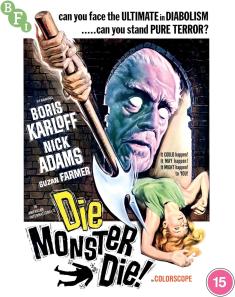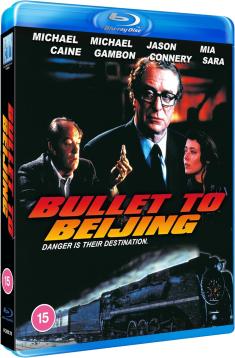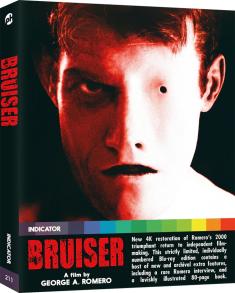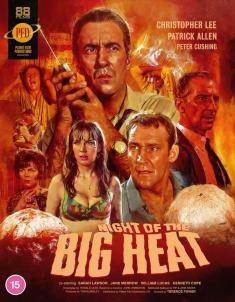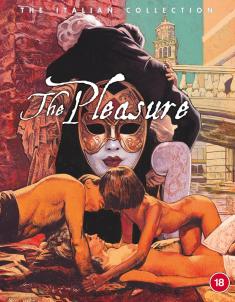Fallout New Vegas
Overview -
“Fallout: New Vegas” is not, I repeat, not the second coming of “Fallout 3” nor a true sequel. Yes, it uses the same engine and the game play is relatively unchanged, but backbone removed, “Fallout: New Vegas” is a game worthy of your time, taking what you likely loved about “Fallout 3” improving in many ways and only failing to impress in a few instances. Kiss the Capital Wasteland goodbye, forget about journeying from birth to your life defining moment, instead, head West young one, as the Mojave Wasteland awaits, and on the horizon, The New Vegas Strip looms, watching humanity cling to hope outside it’s imposing stone and steel walls.
Video Review
While “Fallout 3’s” graphics might have been a revelation, a few years later rehashed in “New Vegas” the seams and limitations of the engine are painfully obvious. Character animations are still stiff and in some cases, downright glitchy. I’ve seen a few times a minion model get stuck on some other object and end up looking distorted and out of proportion, although this is a very rare occurrence when compared to more drastic issues such as pop-in and poor rendering.
The nature of the outdoor setting results in the necessary evil of graphical pop in, but in close quarters interior settings this is a distracting issue. Likewise, some (almost always small) textures don’t fully load on occasion, but usually a camera movement or character movement solves this problem. The only other glaring graphical hiccup comes from the shadowing system that often makes no physical sense resulting in an out of the blue crosshatch effect on terrain. I don’t want anyone to think it’s all doom and gloom, because it’s not; the game is fluid enough in game play and plotting that your eyes will eventually adapt to the little graphical issues.
Thankfully, “New Vegas” isn’t plagued by slowdown, but that’s not to say it’s completely absent. It does occur once in a while, but nothing truly game breaking (especially with the VATS system to fall back on), but given the above average at best quality of the graphics in general, it shouldn’t occur much at all. “New Vegas’” graphics definitely aren’t a selling point, they merely exist, very competently to bring the Mojave Wasteland alive and on this level they succeed. Like the sound (more on that below), the graphics do get repetitive, even in the brightly busy Vegas Strip, which is truthfully, the same graphical design as the rest of the game but with a shinier finish and wider color palette.
Hopefully, “Fallout 4” will take advantage of the advancements being made in “Skyrim” much in the way that “Fallout 3” benefited from “Oblivion,” because if the next game looks like this, as Ricky Ricardo might say, there will be some serious ‘splainin to do.
Audio Review
On the audio front, “Fallout: New Vegas” is impressive but lacking in a few key areas. On the plus side, the massive cast of characters are all brought to life by a phenomenal voice cast, from Ron Perlman reprising his vital role as narrator, to Michael Hogan as the grizzled doc who saves you, all the way to the pitch perfect insane genius of Rene Auberjonois as the impossible to read Mr. House, you won’t be disappointed.
Likewise, the game also impresses by creating a solidly immersive experience, with your surround system best put to use off what is left of the main road to The Strip. A simple trek over hills can be a nightmare as the sounds of unseen foes quickly close in you, only to be fully in your face as you whip around to stave off an attack. On the other hand, repetition is a critical detractor in this installment of the series. While the various weapon classes have distinct sounds, individual weapons tend not to. A few hours into the game and gunfire just became background noise. Additionally the little aural cues for critical hits, regular attacks and/or misses equally blend into the background. To make matters worse, the effects don’t have the desired kick one would expect and some are downright shrill.
Lastly, while “Fallout 3’s” vintage soundtrack was generally well received, it also had a little more variety. In “New Vegas” you will quickly tire of many songs, which just don’t muster up to the 30s’ big band fare. The bright spot is Wayne Newton as Mr. New Vegas, who serves as the Wasteland’s de-facto commentator. It’s a nice addition given Newton’s history with the real Vegas.
While showing it’s seams and limitations from a purely technical standpoint, “Fallout: New Vegas” is a different beast than “Fallout 3.” It’s an exercise in subtlety that offers what few single player games offer any more: replay value. The complex faction driven storyline and multiple side-quests will ensure that each new playthrough offers something new and add to that, the options for different play styles, and “Fallout: New Vegas” in some ways trumps it’s amazing predecessor. Highly Recommended for all gamers.





